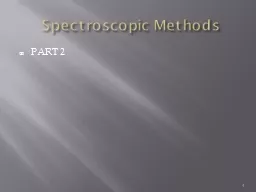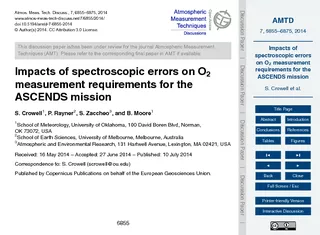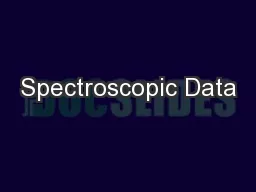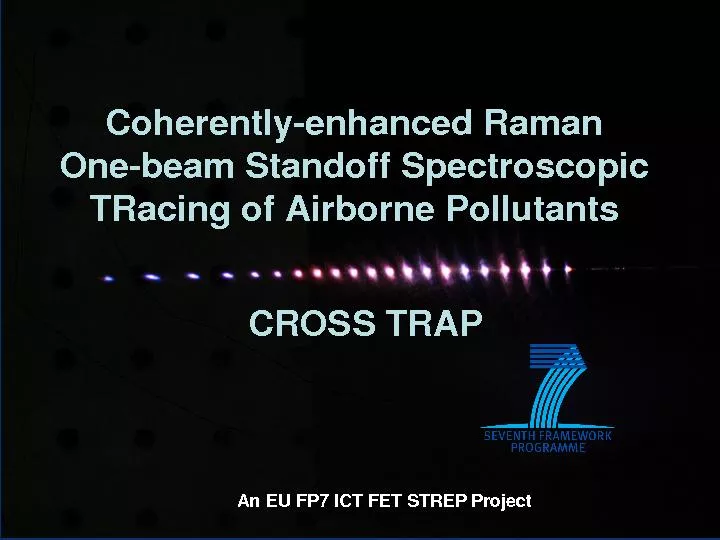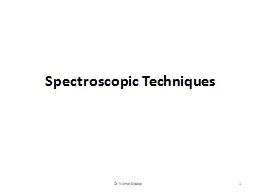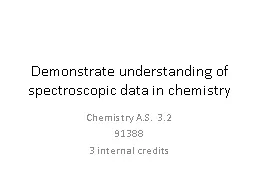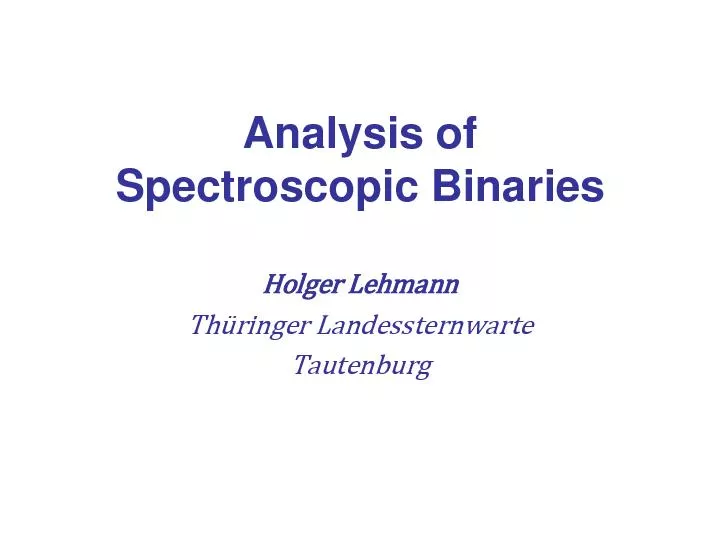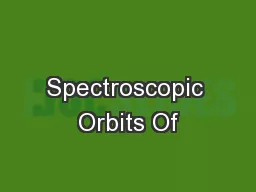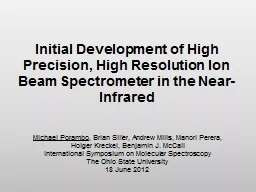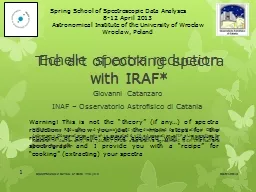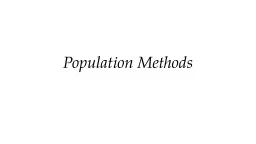PPT-Spectroscopic Methods
Author : giovanna-bartolotta | Published Date : 2020-01-23
Spectroscopic Methods PART 2 1 Some typical absorptions Below 1500cm 1 the IR spectrum can be quite complex This region is characteristic of a particular molecule
Presentation Embed Code
Download Presentation
Download Presentation The PPT/PDF document "Spectroscopic Methods" is the property of its rightful owner. Permission is granted to download and print the materials on this website for personal, non-commercial use only, and to display it on your personal computer provided you do not modify the materials and that you retain all copyright notices contained in the materials. By downloading content from our website, you accept the terms of this agreement.
Spectroscopic Methods: Transcript
Download Rules Of Document
"Spectroscopic Methods"The content belongs to its owner. You may download and print it for personal use, without modification, and keep all copyright notices. By downloading, you agree to these terms.
Related Documents

